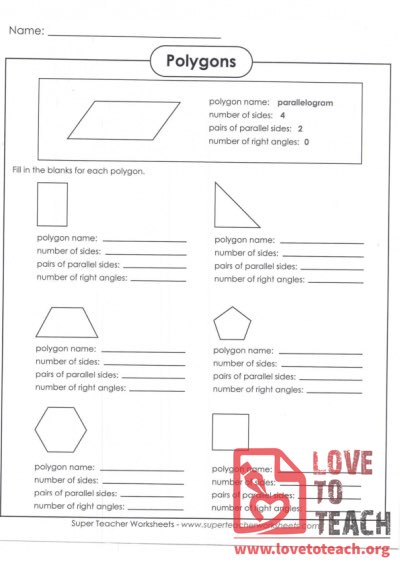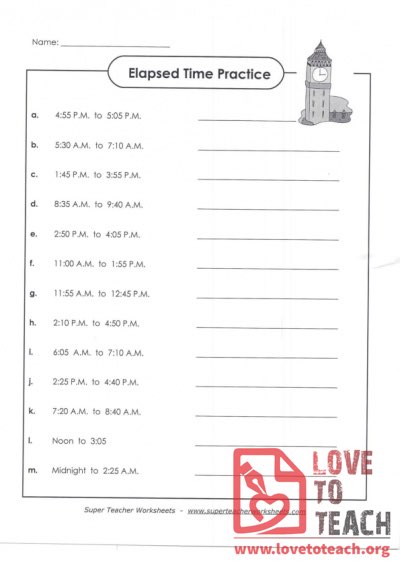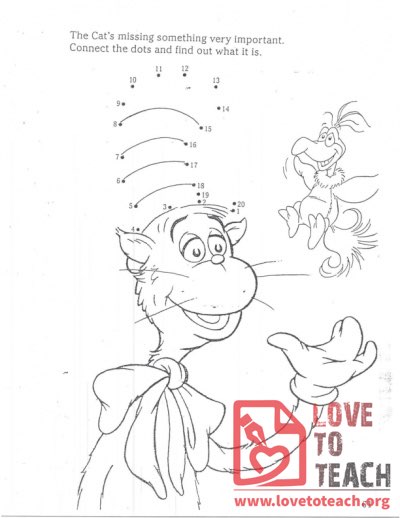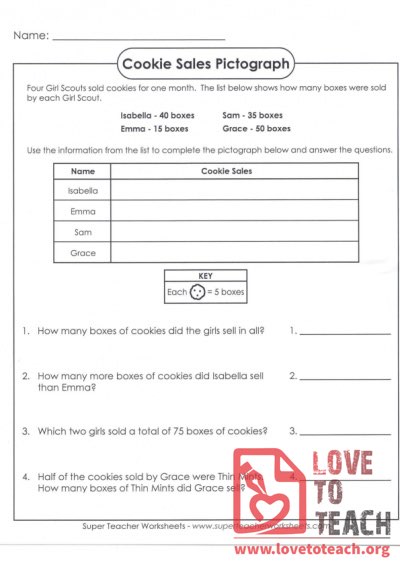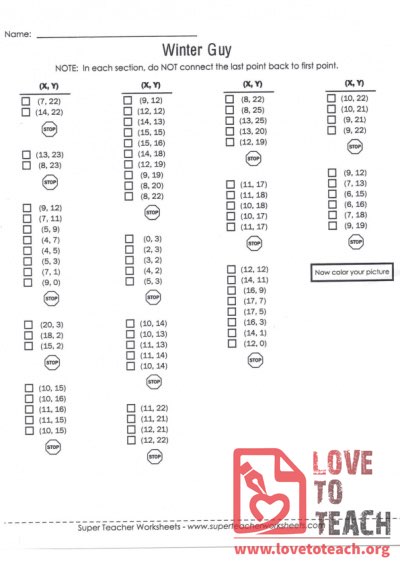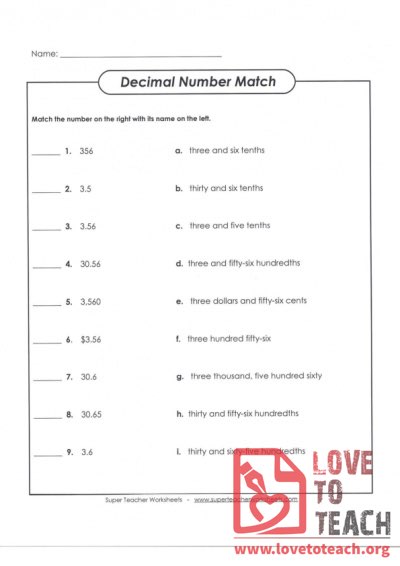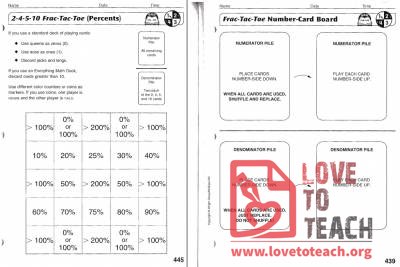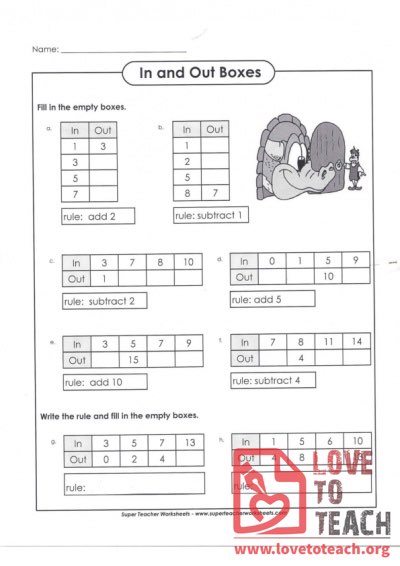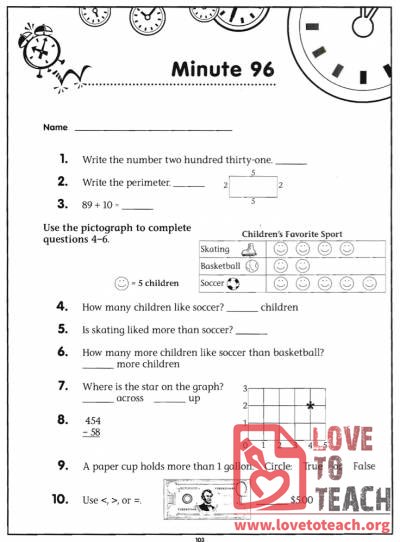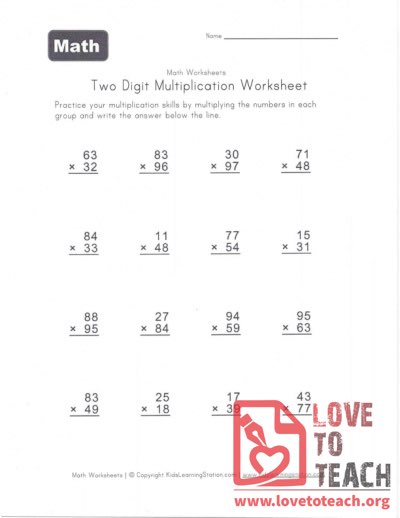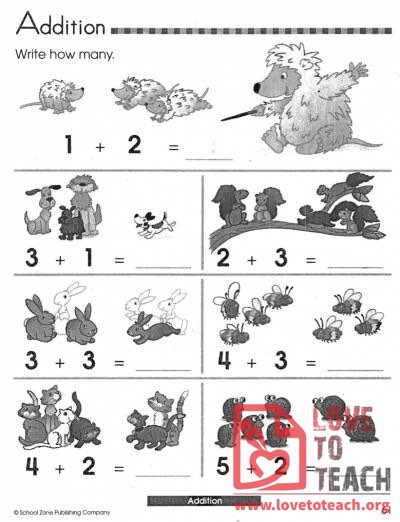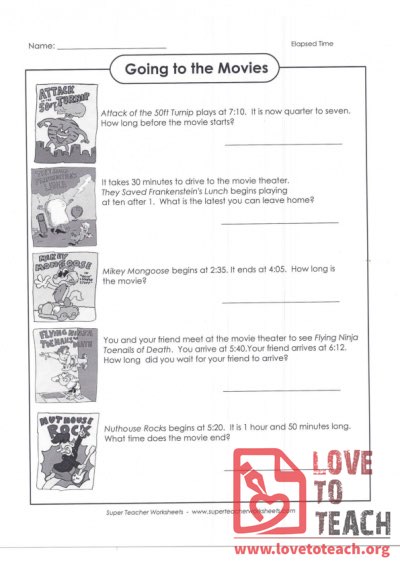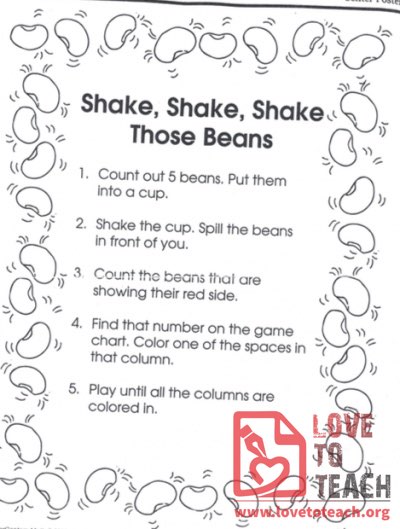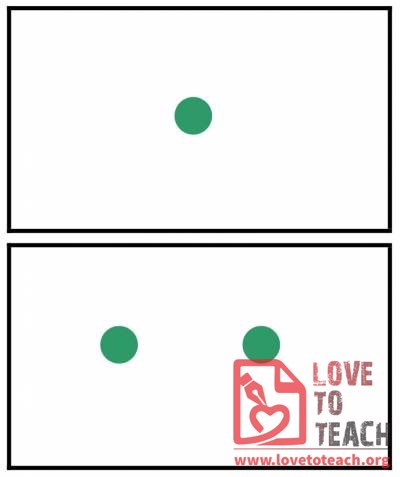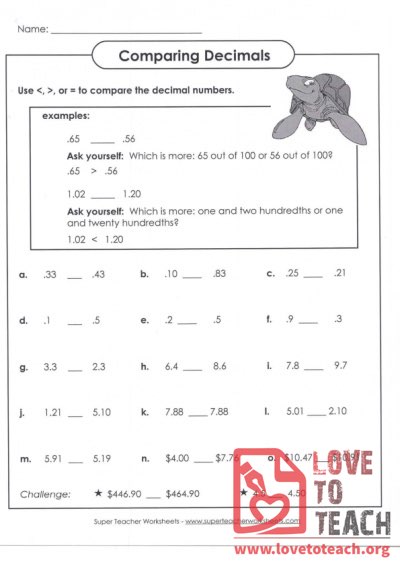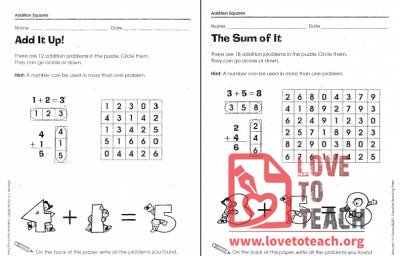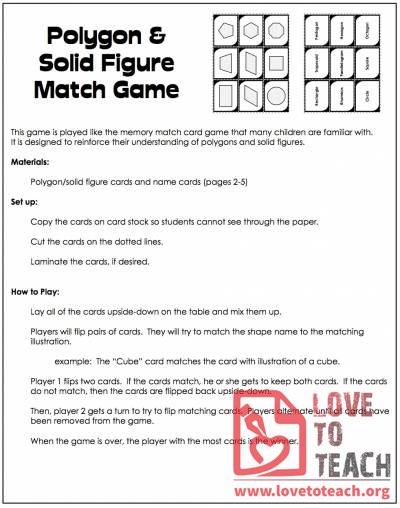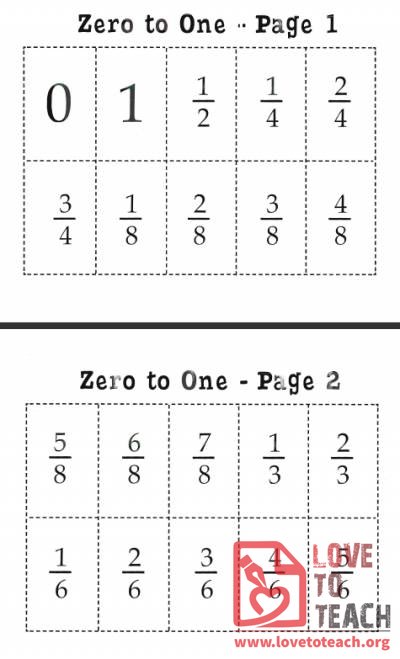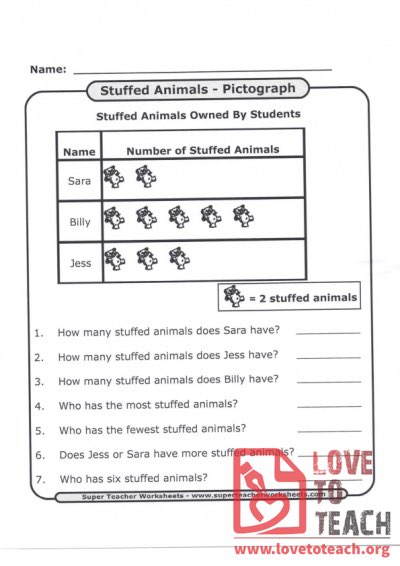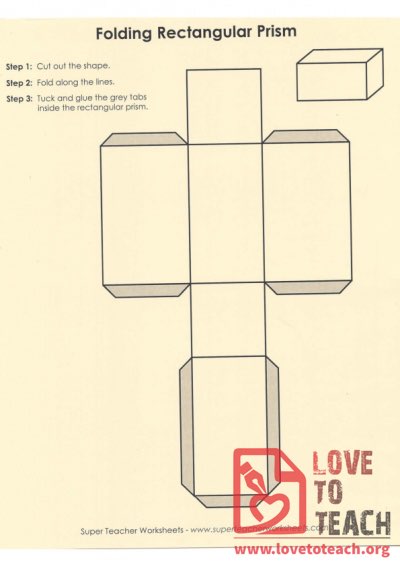Math (451)
Whether you're teaching basic arithmetic, algebra, geometry, or calculus, our comprehensive collection covers a wide range of topics and grade levels. From interactive games and worksheets to lesson plans and hands-on activities, our resources are designed to make math learning enjoyable and meaningful for learners of all abilities.
Fill in the blanks for each polygon: name, number of sides, pairs of parallel sides, number of right angles.
The Cat's missing something very important. Connect the dots and find out what it is.
Four Girl Scouts sold cookies for one month. The list below shows how many boxes were sold by each Girl Scout. Use the informatoin from the list to complete the pictograph below and answer the questions.
Learn the X and Y axis: plot the points to make a picture on the graph.
Frac-Tac-Toe will reinforce students' understanding of fractions and how they relate to percents.
Fill in the empty boxes. Rules include subtract 1, add 5...
This review sheet has a little bit of everything! Perimeter, pictographs, and more!
Practice your multiplication skills by multiplying the numbers in each group and write the answer below the line. Example 63 x 32
Write how many: a simple addition worksheet with pictures for beginners.
Worksheet contains 5 word problems: calculate the elapsed time.
Students count out 5 beans into a cup, shake them up, and pour them out. Then, they count the number of beans that are red-side-up and color in the corresponding number on the worksheet. Worksheet accomodates 6 turns.
Print these for a quick visual of numbers 1-10. Available in green, purple, red, and yellow.
Use <, >, or = to compare the decimal numbers. Includes 17 problems to solve.
Review addition facts with these Addition Squares worksheets.
This game is played like the memory match card game.
Use these fraction cards to help reinforce common fractions (1/2, 1/4, 1/8, 1/3, 1/6).
Stuffed animals owned by students: Pictograph activity with answers.
Cut out the shape, fold along the lines, tuck and glue the grey tabs inside the rectangular prism.
Page 4 of 23

